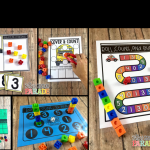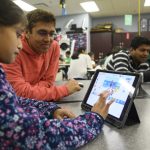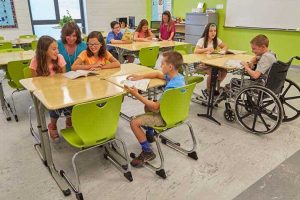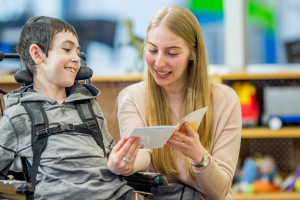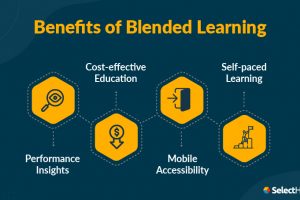
The sudden shift to remote learning due to the pandemic presented significant challenges for students, teachers, and parents. Managing technology barriers, student isolation, individual support, family dynamics, and home routines tested educator capabilities. Yet this unplanned experiment also uncovered opportunities to enhance distant teaching and learning through technology, empathy, and resilience. With creativity and compassion, schools can navigate remote learning obstacles for ongoing student growth.
Bridging the Digital Divide
A primary challenge was the digital divide, with inequitable technology access and connectivity impeding participation. Schools surveyed needs and distributed devices and internet hotspots to provide basic access. Printed resource packets, phone conferences, and parking lot wifi extended reach. Scheduling small groups based on compatibility optimized engagement. Partnerships with libraries and public television boosted connectivity—uniting communities to bridge gaps.
Maintaining Student Engagement and Relationships
Student isolation and lack of supervision also challenged motivation. Educators reimagined teaching through game-based learning, virtual hallway hangouts, and celebration of assignment completions to renew excitement. Prioritizing relationships proved essential as well. Teachers held office hours, made care calls, and wove in bonding experiences. Social connections enriched learning despite physical distance. As Helen Keller said, “Alone we can do so little; together we can do so much.” Schools embraced togetherness.
Providing Robust Yet Personalized Support
Delivering robust differentiation and accommodations from afar presented difficulties too. Using data and feedback, teachers refined strategies like targeted small groups, leveled assignments, step-by-step videos, and increased check-ins tailored to individuals’ needs. Some counselors even conducted home visits following distancing protocols when possible. Creativity was required to enable personalized support remotely.
Maximizing Family Involvement Under New Conditions
Maximizing family involvement also grew challenging without in-person contact. Schools enhanced communication through newsletters, surveys, and caregiver training resources. Virtual events like concerts and talent shows maintained connections. Accommodating parent work schedules and offering flexible conferencing built collaboration. Schools gained empathy for families balancing jobs as well. Strong partnerships buoyed students.
Establishing New Healthy Routines
Establishing healthy routines outside school walls presented difficulties too. Educators provided schedules, checklists, and counseling to instill consistency and balance. Regular movement and social breaks established normalcy. With caregiver teamwork, new home learning rituals formed. Teachers learned valuable lessons in persistence alongside families.
While remote education was undeniably challenging, it also drove important innovations. With empathy and resilience, schools discovered better ways to leverage technology, reinforce relationships, support individuals, engage families, and develop new routines. Valuable lessons will live on to strengthen education going forward. From difficulties arose opportunities for connection.



